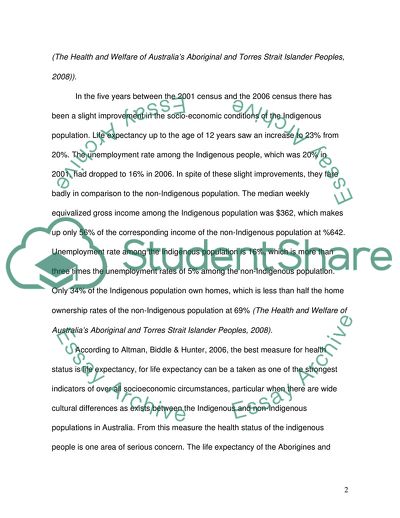Cite this document
(Nursing: Indigenous Community Group Case Study Example | Topics and Well Written Essays - 2000 words, n.d.)
Nursing: Indigenous Community Group Case Study Example | Topics and Well Written Essays - 2000 words. Retrieved from https://studentshare.org/nursing/1713397-nursing-community-health-and-diversity
Nursing: Indigenous Community Group Case Study Example | Topics and Well Written Essays - 2000 words. Retrieved from https://studentshare.org/nursing/1713397-nursing-community-health-and-diversity
(Nursing: Indigenous Community Group Case Study Example | Topics and Well Written Essays - 2000 Words)
Nursing: Indigenous Community Group Case Study Example | Topics and Well Written Essays - 2000 Words. https://studentshare.org/nursing/1713397-nursing-community-health-and-diversity.
Nursing: Indigenous Community Group Case Study Example | Topics and Well Written Essays - 2000 Words. https://studentshare.org/nursing/1713397-nursing-community-health-and-diversity.
“Nursing: Indigenous Community Group Case Study Example | Topics and Well Written Essays - 2000 Words”. https://studentshare.org/nursing/1713397-nursing-community-health-and-diversity.


